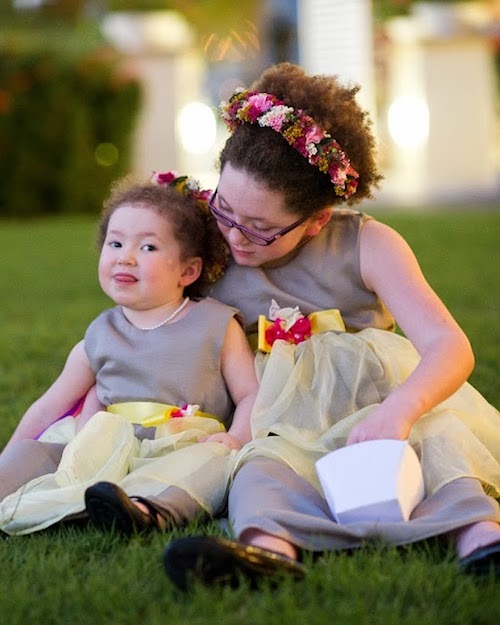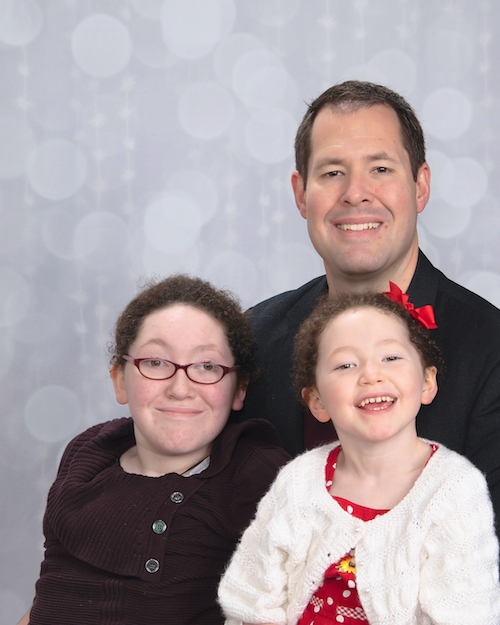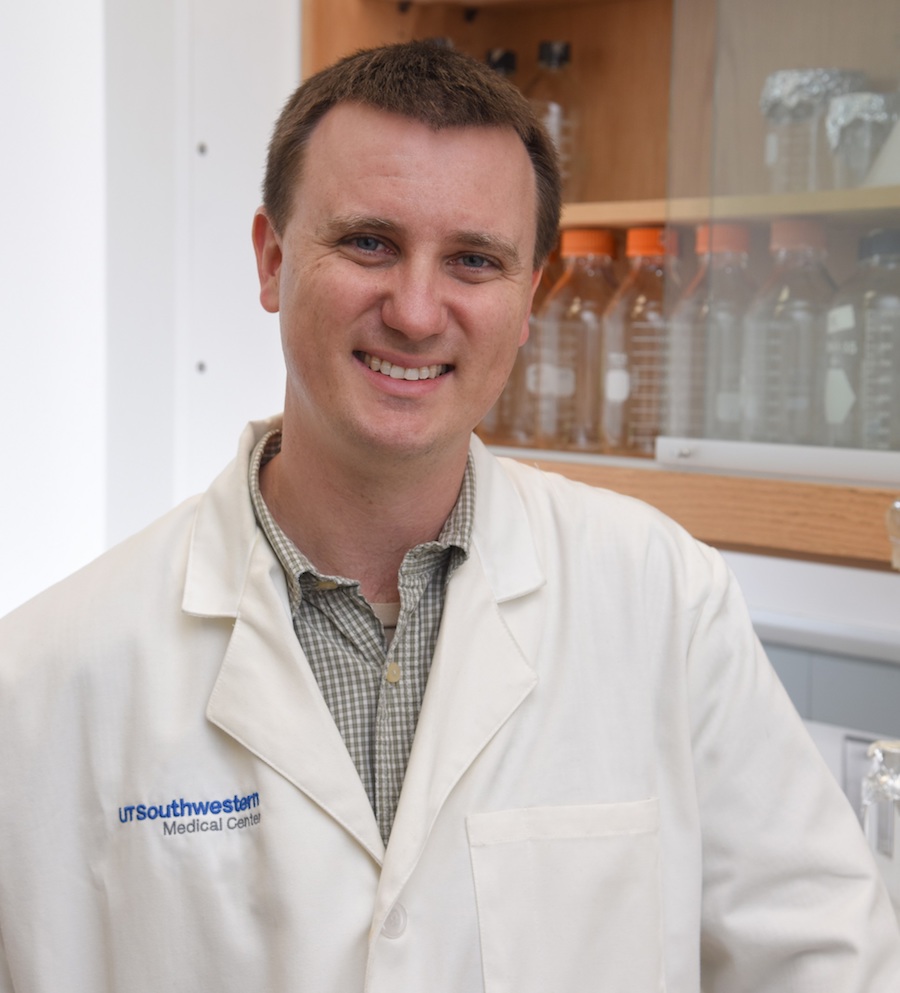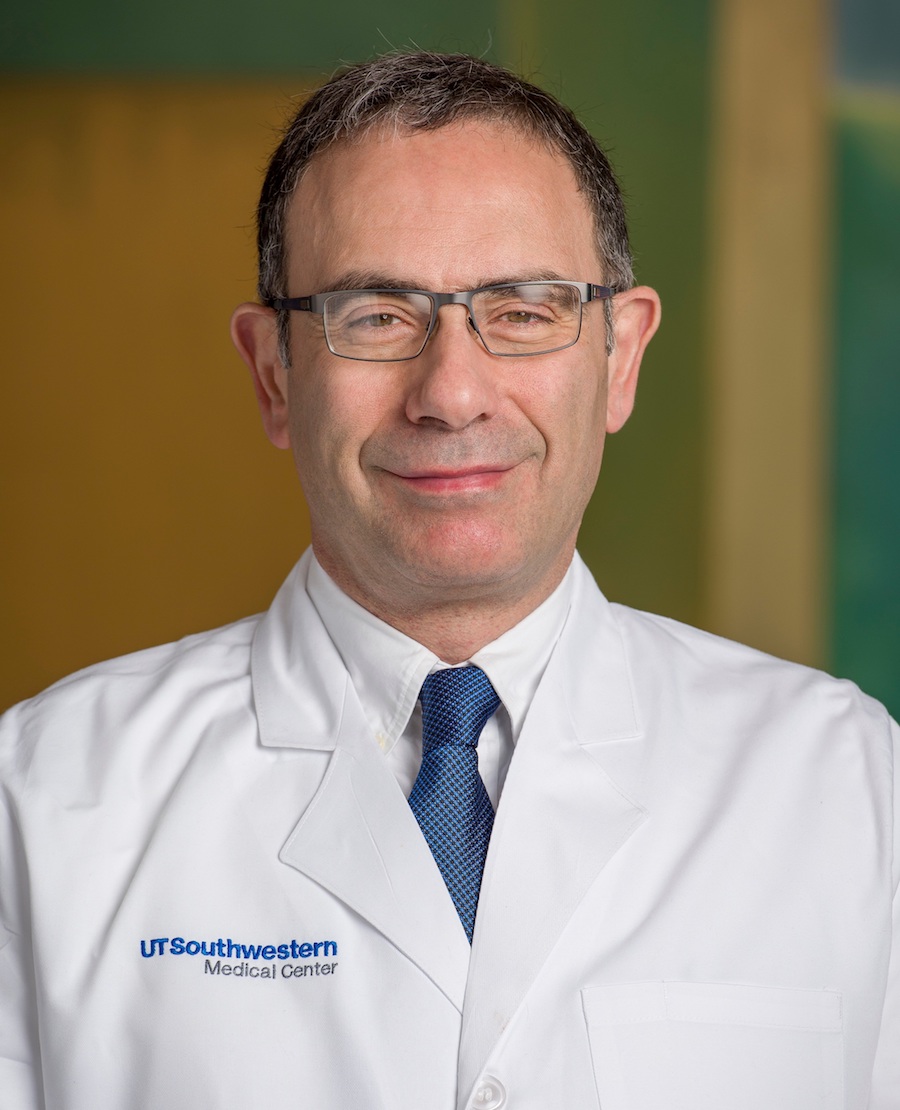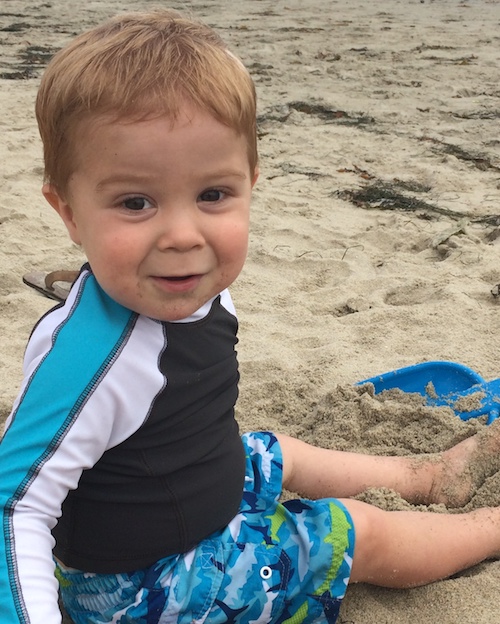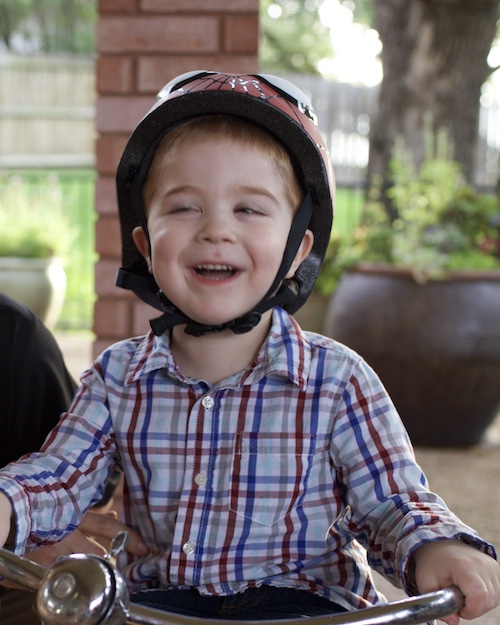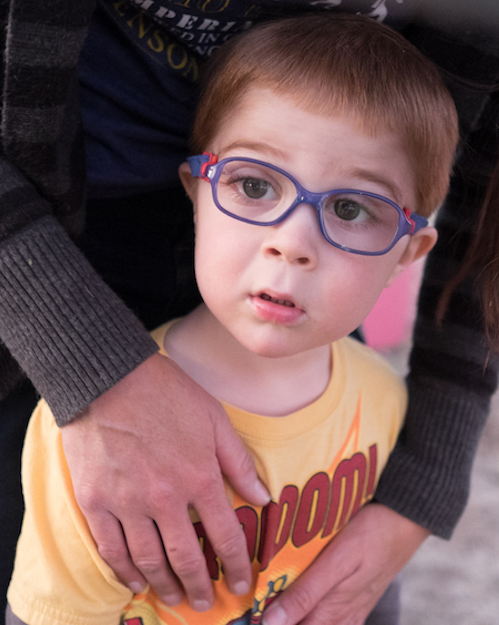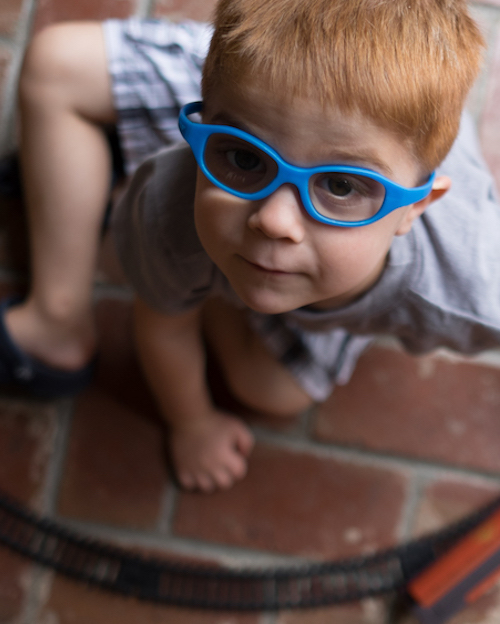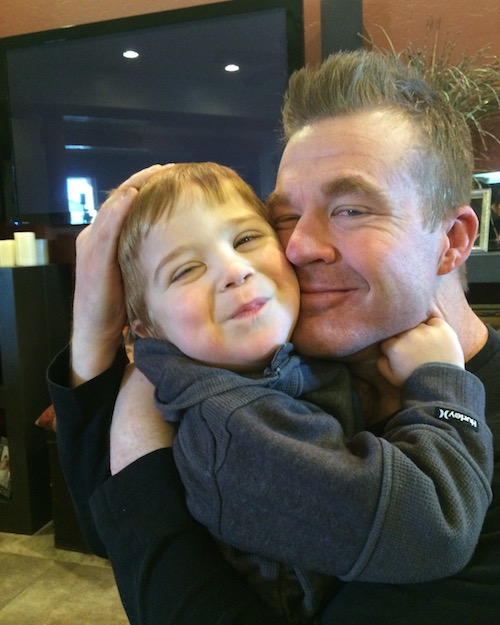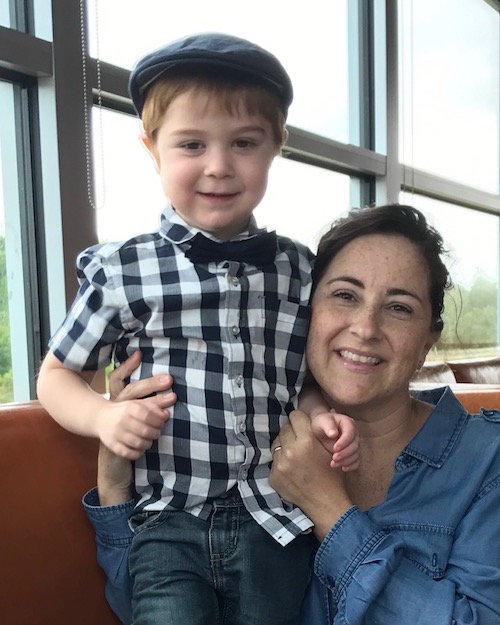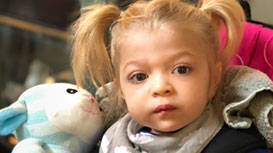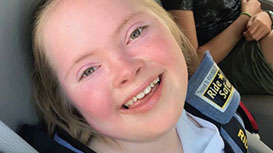Children of hope
Patients with rare brain diseases help scientists open new doors for gene therapy
DALLAS – Aug. 21, 2018 – Chrissy Grube’s face tensed with effort. She took one laborious step in her walker, then another, pausing for breath before resuming the slow trek from the kitchen.
“I am so happy,” her younger sister chimed quietly in a sing-song voice, her shoes clunking on the wooden floor as she hopped excitedly next to their father a few feet ahead.
This was a big moment for the sisters. Both had been diagnosed with a rare genetic disease that was slowly killing 10-year-old Chrissy and would next take aim at Amanda. Several months prior Chrissy could not even wiggle a toe, much less stand up – the rapid deterioration of her nervous system forcing her into a wheelchair by age 8.
Then, a marvel of medicine.
A gene therapy trial organized by a UT Southwestern scientist had begun to reverse the devastating effects of giant axonal neuropathy, or GAN, in Chrissy. Within eight months, she had regained enough strength to use the walker – an impactful step that not only fanned hopes of saving Chrissy and Amanda but encapsulated the broad potential of using gene therapy to help thousands of children diagnosed with ultra-rare deadly diseases.
“I made a video when Chrissy moved her legs because this was something the world needed to see,” said the girls’ father, Dr. Steven Grube. “It was the first real dawn that my daughters might survive this disease … the first real sign that many kids’ lives might be saved through this treatment.”
The Grubes are part of a close-knit network of families across the country who have banded together to raise money and bring attention to a group of fatal diseases that threaten their children but are largely overlooked by the medical field. The families organize bake sales, charity runs, galas – whatever it takes to fund the intense research needed to find cures for these so-called orphan diseases that individually can affect as few as a couple dozen patients worldwide.
The efforts have spawned an unprecedented era of hope, amplified by advances at a gene therapy center at UT Southwestern where scientists are engineering innovative treatments and guiding these families through the maze of organizing clinical trials. To speed the development of new brain remedies, the center has established one of the nation’s few facilities that manufactures a special type of gene-delivering virus for patient use.
Scientists say the project will address a supply shortage that has delayed potentially lifesaving therapies.
“Our work here is changing medicine,” said Dr. Steven Gray, who organized Chrissy’s clinical trial with the National Institutes of Health and has pioneered gene therapy treatments for other rare diseases. “The need is so great. We meet with the families and see the effects of these horrible diseases. It goes through our minds every day.”
New frontiers
The efforts of the Grubes and other families are helping scientists break new ground in gene therapy, which has already shown significant progress in treating crippling diseases affecting organs such as the heart, liver, and spine.
CRISPR and other new technologies have enabled scientists to engineer treatments that delete and replace mutated genes, including an emerging therapy developed at UT Southwestern for Duchenne muscular dystrophy in which mutations have been corrected in dogs, mice, and human heart muscle cells.
But the brain is a relatively untamed realm of gene therapy. It is immensely more complex and presents challenges that researchers are only now beginning to grasp.
UT Southwestern’s gene therapy center is playing a leading role in this area, trailblazing a series of clinical trials for rare neurological diseases in which a single gene missing from the patient’s DNA can be packaged into a harmless virus and delivered into brain cells.
Success with this therapy could lay the foundation for the more intricate gene editing of common brain conditions – from epilepsy to autism – involving multiple genes that are either mutated or missing.
“There’s a logic to what we’re building here,” said Dr. Berge Minassian, who leads UT Southwestern’s gene therapy center at the Peter O’Donnell Jr. Brain Institute. “And it starts with these rare conditions. If we can fix one brain disease, it opens the door to treat literally thousands of diseases by delivering a single gene and essentially making the brain whole again.”
Special delivery
A critical step in applying gene therapy to the brain is developing a method of delivering the gene.
UT Southwestern is utilizing adeno-associated virus (AAV), which scientists can load with genes that are missing from a patient’s DNA. The AAV is injected into the spinal fluid, enabling it to reach the brain and deliver the genes into neurons and other cells.
Scientists are looking to boost the number of cells that receive the gene, which ranges from 10 to 20 percent in the brain – far below the near 100 percent mark in other targets such as the liver. But they’re confident more research will make a difference.
“We’re standing on the shoulders of giants who helped build this field,” Dr. Gray said. “Now we’re in a rather unique position to help families who may not have had much hope.”
‘A huge bottleneck’
Dr. Gray is overseeing a new facility that produces AAV for both research and clinical purposes, the latter requiring a clean room and specialized equipment to ensure the virus can be used in patients. The facility is among only a few in the country producing the virus for clinical trials and is a vital cog in UT Southwestern’s mission to get treatments to children as quickly as possible.
‘We’re standing on the shoulders of giants who helped build this field. Now we’re in a rather unique position to help families who may not have had much hope.’
Already the center is organizing more than two dozen clinical trials for various rare neurological diseases that will take place at UT Southwestern and other sites. In addition to the ongoing GAN treatments at NIH, the trials will target conditions such as Batten disease, Krabbe disease, and multiple sulfatase deficiency, among others.
“This new facility is critical to treating these diseases before it’s too late for the patients,” Dr. Gray said. “There has been a lack of accessibility to the virus that has led to a huge bottleneck in the field.”
‘Very personal’
The advances being made at UT Southwestern are being watched closely by families across the country who are desperately seeking help for their children. Their young faces serve as reminders to the scientists each day about how much rides on what they accomplish in the laboratory.
Their efforts may end up saving a 13-year-old girl in Houston who has already chosen the color of her casket. They may help a little girl in Mississippi whose parents still keep her backyard slide, longing for a day she’ll be well enough to use it again. Perhaps it will extend the life of a suburban Dallas boy who could once chase his three siblings around the house and is now losing the ability to walk, talk, and see.
‘These children are like my nieces and nephews because I’ve come to know the families. It’s very personal for me.’
In the shadows of these faces are memories of those children who could not be saved, the echoes of their legacies still heard on video recordings where they shared their thoughts of hope and despair.
“I do not know why I’m even trying,” says a Lafora disease patient, reciting from a poem she wrote when she understood the end was near. “Every day I’m slowly dying.”
Drs. Minassian and Gray take these losses hard, their emotional investment apparent in the way they interact with the families, the subtle quaver in their voices when they talk about a child’s plight.
“These children are like my nieces and nephews because I’ve come to know the families. It’s very personal for me,” Dr. Minassian said. “You can imagine if your own child is struck with a rare disease and there’s relatively little effort being done to find a cure.”
Family support
The families’ stories are sadly similar. They describe taking their children from doctor to doctor after noticing their struggles to walk or talk. At first perplexed by a lack of answers, the parents are then devastated when they finally receive a diagnosis. Many recall falling to their knees after doctors tell them their child has a deadly disease with no cure, a condition so rare that few scientists even have the funds to research how to treat it.
Their stories then take an inspirational turn: The parents don’t give up. They find others in the same position and together take on the mission of saving lives. They connect with Drs. Minassian or Gray, leaders in their field who possess the technology and strategy to design and move the specialized treatments into clinical trials.
“We spoke to them, and all of a sudden we had this chance,” said Gina Hann, whose 6-year-old son, Joseph, suffers from a rare form of Batten disease that progressively takes away eyesight and mobility. “But they told us there are no guarantees and it would take a lot of work.”
A major priority was finding funds for a clinical trial, a lengthy process that typically costs a few million dollars to cover mouse studies and other steps that precede human treatments. The Hanns moved from Arizona to the Dallas area so Joseph could receive care from UT Southwestern and began forming a foundation to raise money.
Within the first year the family had raised about $1 million after receiving support from donors across the world. The effort has enabled the gene therapy center to take the first steps to organize a clinical trial.
Families dealing with other rare diseases are working with UT Southwestern to do the same.
“These are big, expensive enterprises, and with rare diseases much of the financial burden is put on the families,” Dr. Minassian said. “They are not rich themselves but they come together to help each other.”
Joseph’s condition is worsening as scientists try to finalize details of the clinical trial that may save his life. Mrs. Hann recalls how just a year ago his eyesight was well enough to watch television. His legs were strong enough to ride a tricycle, jump on the trampoline, even run. Now he’s nearly blind and wears a helmet to protect against his frequent falls.
Mrs. Hann knows time is running out yet remains hopeful Joseph can beat the disease. Regardless of the outcome, she said she’ll have no regrets about the time she spent helping UT Southwestern develop a treatment.
“The trial will definitely be in time to help someone else with this disease,” she said. “It’s a privilege to help build what can be the best gene therapy program in the world. It can be the place where all these different children with all these different rare diseases look for help.”
Lasting legacy
Chrissy Grube pushed forward another step, the family cat reluctantly yielding to her walker as she crossed from the kitchen to the living room. It was a monumental achievement that sent ripples of hope well beyond the family’s suburban Washington home. Dr. Gray’s virus worked and could potentially help others too.
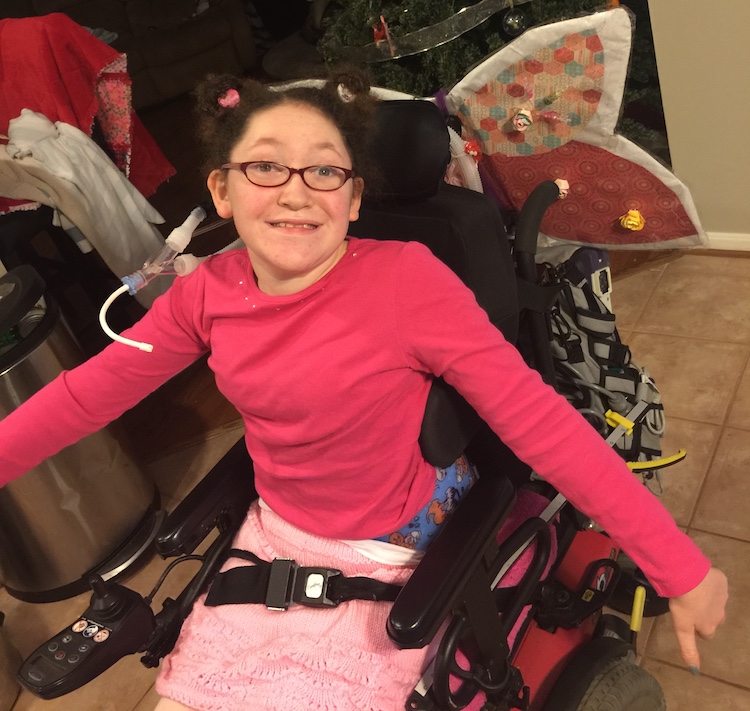
But, tragically, the therapy couldn’t fix the scoliosis that had developed in Chrissy’s back after she spent so long in a wheelchair. In February 2016, one month after getting back on her walker, Chrissy died from complications of a surgery to correct the spinal issue – unrelated to GAN or the gene therapy.
“That was a time when how unfair life is hit me harder than any other part of my life,” Dr. Gray said. “Chrissy has taught me more about humanity than anybody else because she didn’t enter this clinical trial to be able to dance again or to be able to run again. She wanted to help her little sister who also had GAN.”
Chrissy’s legacy lives on – within the close circle of families dealing with GAN, within Dr. Gray’s laboratory, and within the Grube home.
Eight-year-old Amanda often talks about her big sister, who loved ballet, unicorns, and the color pink. She still has her toys, still carries the valentines Chrissy’s classmates had made for her but could never deliver. Amanda still has the same hope her sister had that GAN would not be a death sentence.
She has since joined the same clinical trial as Chrissy, and while the treatment hasn’t reversed some of her early symptoms, she has maintained her ability to walk and excel at school.
Instead of preparing for the end, her father wants Amanda preparing for college – and a life her older sister yearned to make possible.
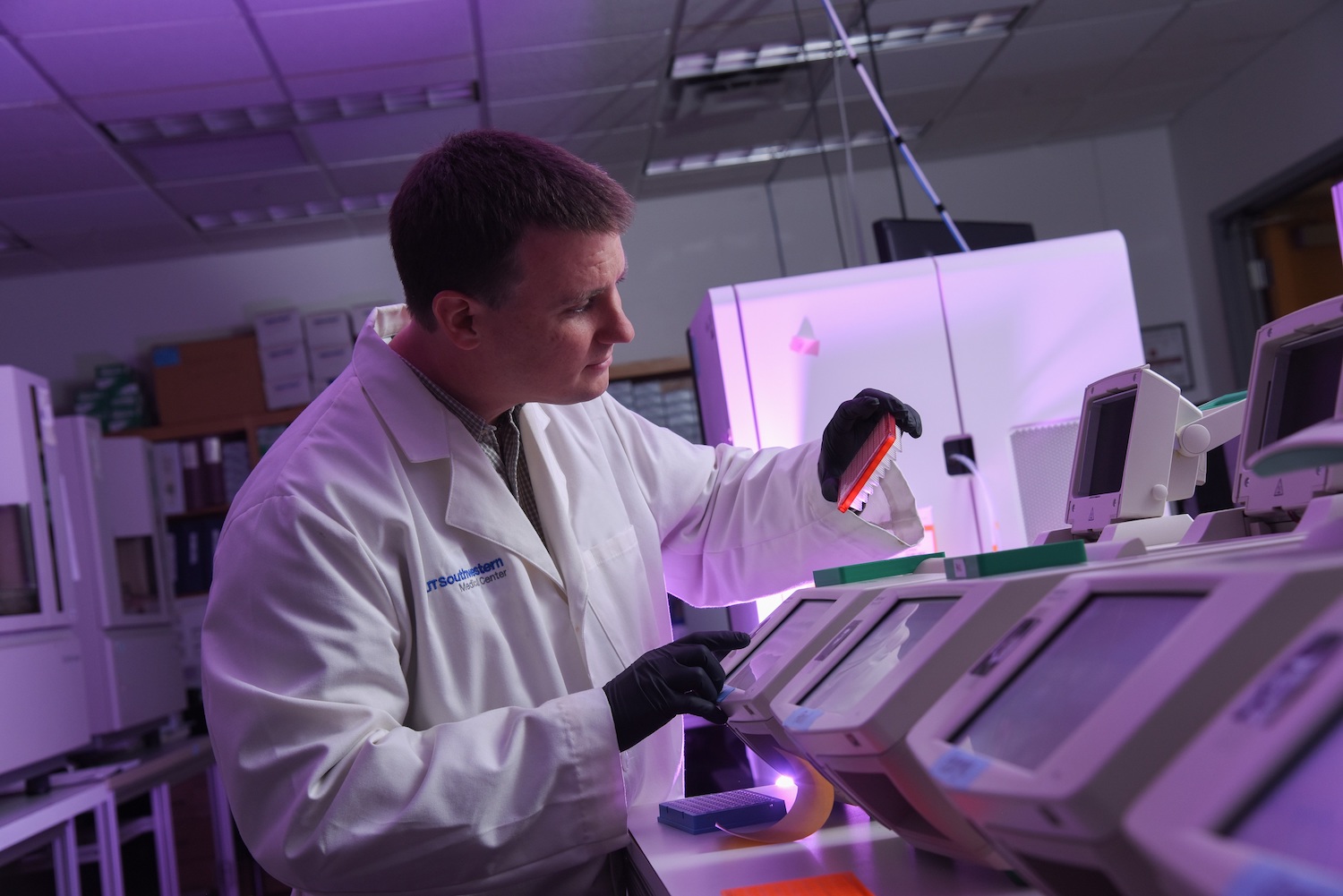
“Amanda still has a lot of life to live; we’re hoping she has decades more,” Dr. Grube said. And for parents who want the same for their children, “don’t stop fighting, don’t give up, ever. Your kids are worth it. … The boundaries of technology are changing all the time.”
About the gene therapy center
The gene therapy center is overseen by Dr. Minassian, Professor of Pediatrics and Neurology & Neurotherapeutics. He works with the Children’s Medical Center Research Institute at UT Southwestern and is the Jimmy Elizabeth Westcott Distinguished Chair in Pediatric Neurology.
Dr. Gray is Associate Professor of Pediatrics and Molecular Biology. He works with UT Southwestern’s Eugene McDermott Center for Human Growth and Development and the Hamon Center for Regenerative Science and Medicine.
About UT Southwestern Medical Center
UT Southwestern, one of the premier academic medical centers in the nation, integrates pioneering biomedical research with exceptional clinical care and education. The institution’s faculty has received six Nobel Prizes, and includes 22 members of the National Academy of Sciences, 16 members of the National Academy of Medicine, and 15 Howard Hughes Medical Institute Investigators. The faculty of more than 2,700 is responsible for groundbreaking medical advances and is committed to translating science-driven research quickly to new clinical treatments. UT Southwestern physicians provide care in about 80 specialties to more than 105,000 hospitalized patients, nearly 370,000 emergency room cases, and oversee approximately 2.4 million outpatient visits a year.

